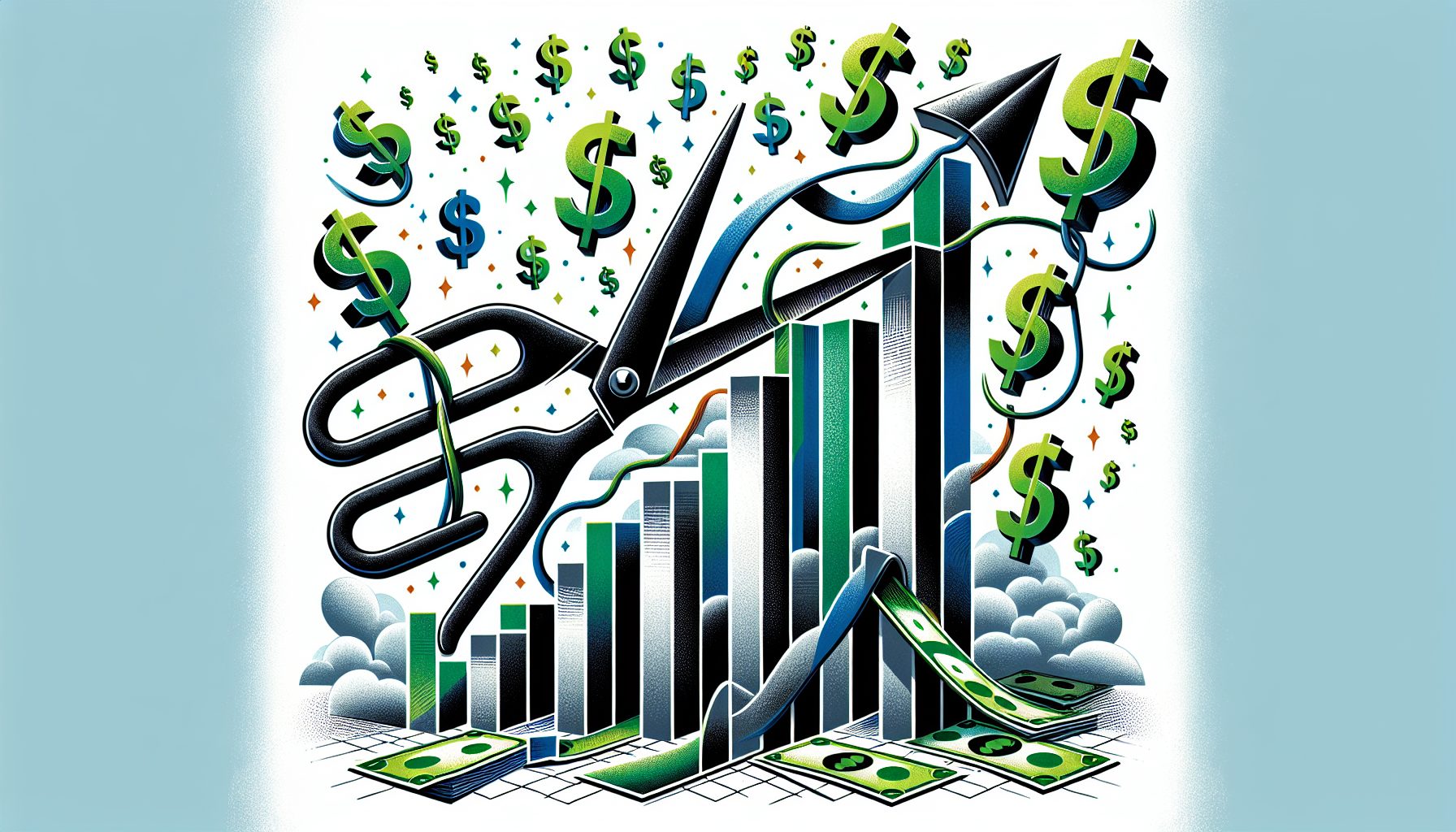On May 15th, the U.S. stock market hit historic highs, partly due to an April report suggesting potential interest rate reductions. Investors, once worried about an economic slowdown, were uplifted by the promise of a decrease in interest rates. This triggered an upbeat mood among traders, leading the Dow Jones Industrial Average, S&P 500, and NASDAQ to new record highs.
Nonetheless, not everyone is convinced a rate drop is imminent. Federal Reserve officials have issued warnings that they intend to keep rates high until inflation reaches the targeted 2% mark. They believe any premature rate reduction could unleash unpredictable inflationary pressures and potentially hamper economic growth.
The S&P 500, however, has rebounded from its April slump, showing a 12% estimated increase for the year. The Dow Jones Industrial Average also saw a boost, climbing by 8%, while the Nasdaq Composite Index enjoyed a substantial gain of 15% over the year.
Continuing U.S-China trade talks seem to be encouraging market sentiment, assisting in the recovery of various indices. The April report from the U.S. Commerce Department showed promising signs of easing inflation, with headline inflation hitting a year low at 3.4% and core inflation dropping to 3.8%.
However, there are words of caution.
US stock market’s surge amidst potential rate cuts
Economists warn it’s too premature to tell if this is a short-term relief or the start of a sustained decline. Global supply chain strains could push prices up again, making vigilance paramount in these key economic indicators in the coming months.
According to economist Ian Shepherdson, there are expectations of a gradual easing in core CPI inflation. This is attributed to stabilizing supply chains, moderating wage growth, and high corporate margins. These factors could create conditions for economic recovery, allowing industries to make strides towards pre-pandemic performance levels.
Rate traders quickly adjusted their expectations for a Federal Reserve rate cut following the report. The CME Group’s FedWatch tool estimates a 52.1% chance of a quarter-point decrease in September – a clear testament to the growing anticipation for policy changes from the central bank in light of economic shifts.
Reflecting a buoyant domestic economy and better corporate earnings, Wall Street forecasts have also been revised upwards. Both BMO Capital Markets and Goldman Sachs have increased their price targets for the S&P 500 and the Dow Jones Industrial Average respectively, reflecting strong economic recovery and corporate performance.
In a recent survey by the S&P Global’s Investment Manager Index, investors expressed belief in continuous growth, regardless of whether the Federal Reserve maintains steady rates until the end of the year. This demonstrates an increasing confidence among investors in the market’s strength and resilience, independent of potential rate declines.








